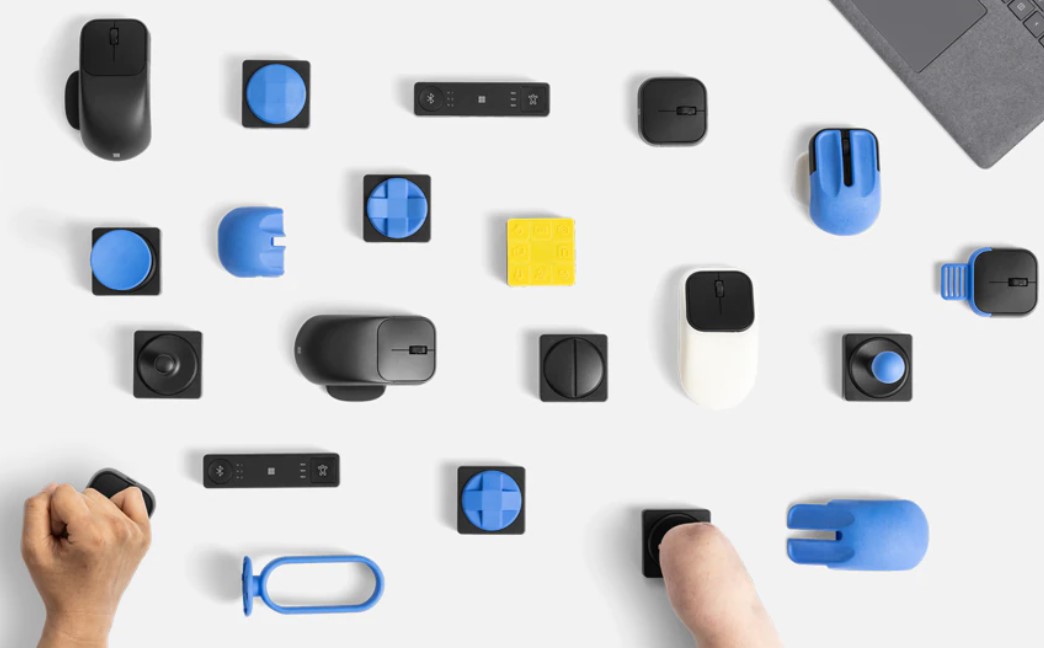Past Projects
Projects I’ve worked on in the last several years.
Multi-slate Reading System (2012)
Networked electronic tablets that can be used independently or linked o form a unified reading environment. The custom e-reader hardware was created while I was an intern at Ricoh Innovations. On the software side, I developed the graphics stack, UI, networking, and built a PC-based device simulator to speed up development. Building and studying how people used multiple slates to support reading for work and research formed the basis of my Ph.D. thesis.
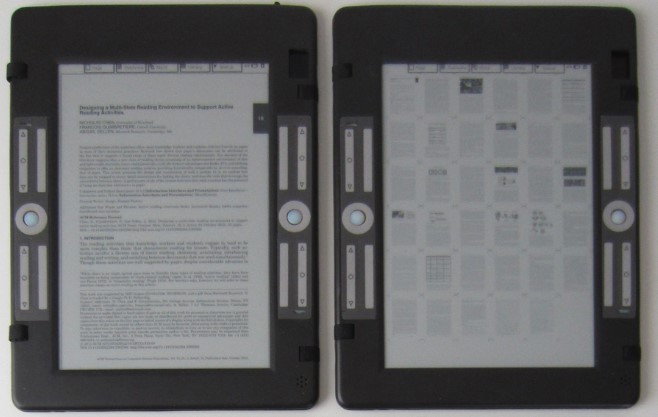
TextTearing (2013)
Gestural interaction technique that creates additional whitespace in textual documents. Text below an insertion point is shifted downward. The technique allows annotations and comments to be placed near their associated content quickly and without opening additional windows or entering tool modes. TextTearing at UIST 2013
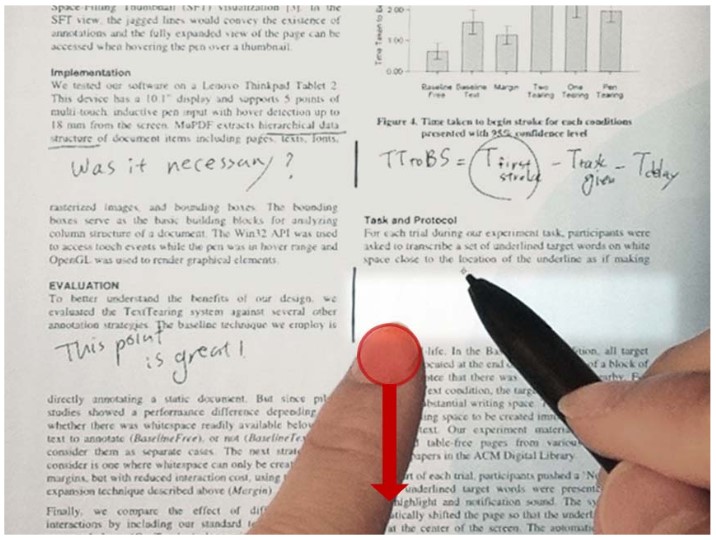
Circuit Stickers (2014)
Circuit Stickers are modular electronics that can be affixed to inkjet-printed circuits. They address the difficulty of rapid prototyping with smaller electronic components, which can be tedious to work with and do not adhere well to the conductive ink used to create the circuits. The conductive adhesive on the reverse of each sticker makes assembling prototypes exceedingly quick and easy. Circuit Stickers at CHI 2014
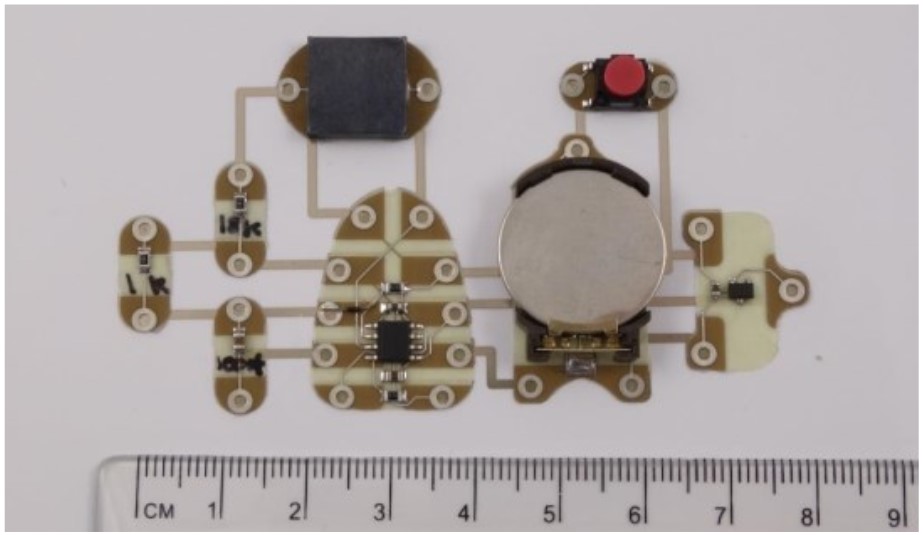
RichReview (2014)
RichReview enables voice and touch gestures to complement the more standard ink annotations found in digital documents. These rich annotations convey nuance and concepts between document author and reviewer not easily done by ink or text. RichReview’s interaction techniques enable fluid and lightweight creation of voice and gestural annotations, comparable to the effort of direct inking. On the consumption side, visual representations of audio and gestures allow readers to skim and skip into annotations with high efficiency. RichReview at UIST 2014
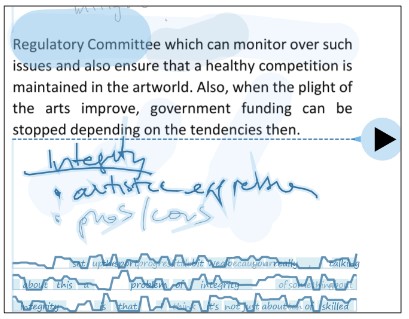
Phone Cover Displays (2015)
A secondary screen designed to improve productivity and convenience. Project was motivated by user research highlighting some of the limitations of having only a single screen available on modern smartphones. The phone cover displays take advantage of the low power consumption, thinness, and robustness of electrophoretic displays (EPDs). Shown at Ubicomp 2018
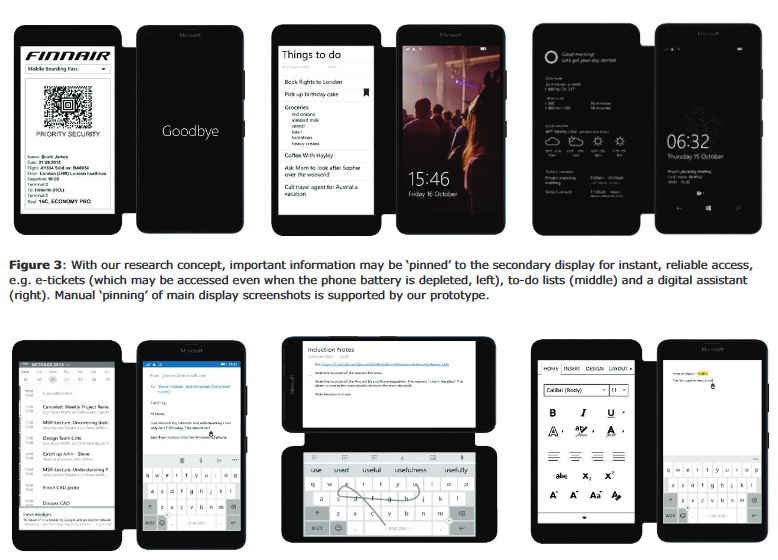
XFabric (2015)
XFabric is a rack-scale network that allows the physical topology of the rack to be reconfigured dynamically to match the workload being run on the rack. Rather than using a single top-of-rack switch, XFabric distributes the switching across several circuit switches. I created the electronics for the hardware prototypes using cross-point switch ASICs. XFabric at NSDI 2015
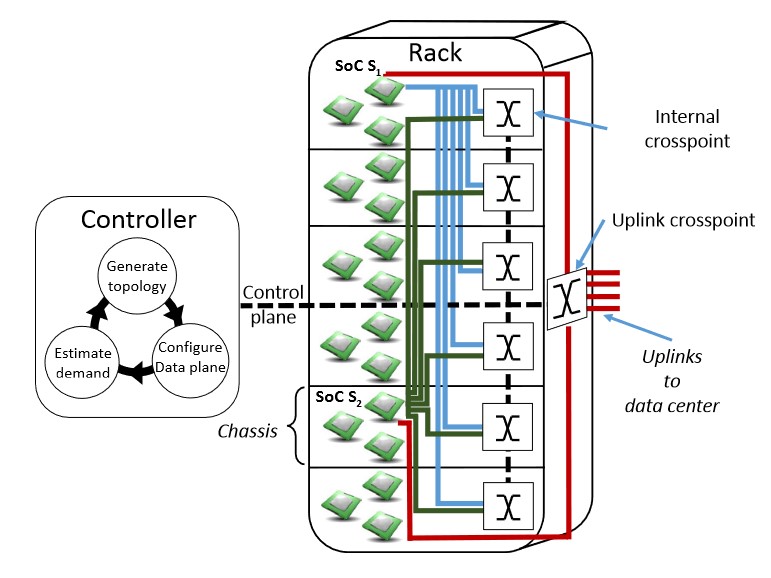
Energy Harvesting Displays (2016)
A low-power display that harvests the power (via solar cells) that it needs to wirelessly communicate and update. The display never needs re-charging and updates as frequently as the available light allows. By removing the need to charge, the display can be widely deployed and placed in locations that may otherwise be inconvenient to access. We also studied different ways to construct these displays. Energy Harvesting Displays at CHI 2016
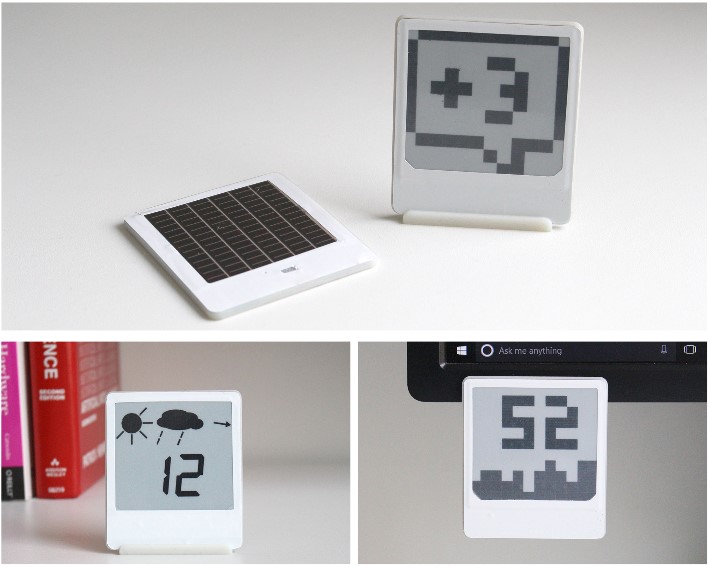
Calm Displays (2017)
Calm displays sensing ambient lighting and adjust their brightness and tone to simulate non-emissive displays such as an image printed on a sheet of paper. By behaving like a non-emissive display, calm displays are able to fade into the background more easily, making them suitable for environments where a standard LCD screen would not be appropriate. In the photo, note how the “calm display” in the top left matches its appearance to a sheet of printed paper in the bottom left. Calm Displays at IMWUT 2017
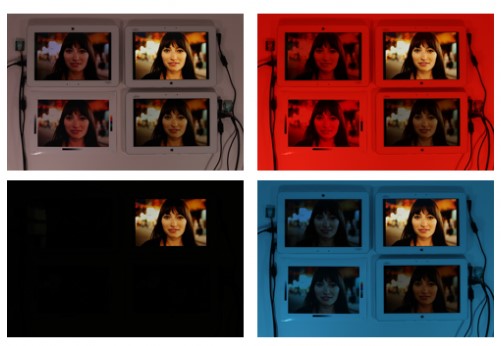
Adaptive Mouse (2020)
The adaptive mouse is a computer mouse that can be customized with 3-D printed parts to change its shape. The flexible design allows people who struggle to use traditional mice control their computers but also gives people who are able to use a mouse a better one that is tailored to their hands (or even feet). I project managed the core team that won first place in the “Hack for Good” and “Ability Hack” categories. The original adaptive mouse concept spawned the Microsoft Adaptive Accessories product line and is now in the Microsoft Garage Wall of Fame.
